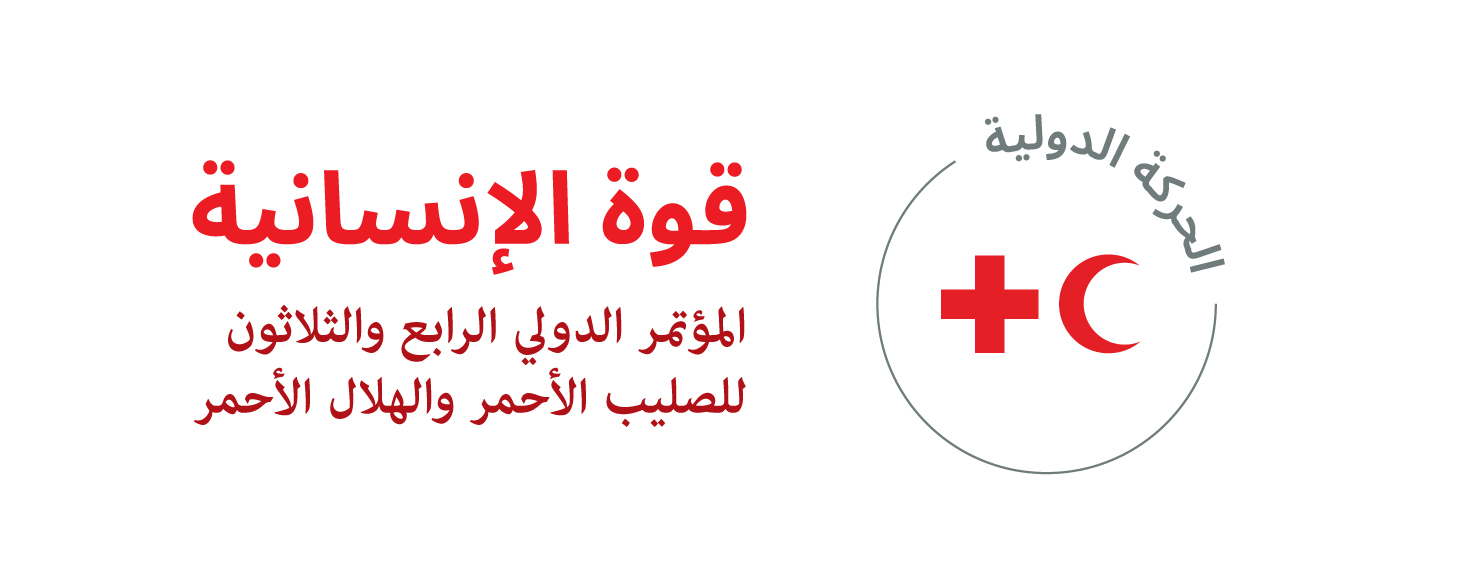أ) أهداف التعهد
The consequences of climate change, pollution and environmental degradation are among the biggest humanitarian challenges of the 21st century. The convergence and interconnection of these crises act as a threat multiplier and increasingly as a threat to peace and security, with serious implications across the globe. In the absence of scaled up and systematic climate change adaptation strategies at all levels of governance, the existing vulnerabilities and inequalities among different regions and economic groups will escalate, leading to an increase of humanitarian needs. There is an urgent need to protect the environment and better manage natural resources and the rising risks of climate change by strengthening disaster risk assessment to mitigate the impact of risks, by reinforcing prevention and preparedness via effective early warning systems, risk awareness and response capacities and by investing in climate adaptation strategies and disaster risk management to establish resilient societies.
The EU and its Member States, in accordance with their respective competences, pledge to:
- strongly support the effective implementation of the existing legal framework dealing with disasters, especially legislation for disaster risk reduction, without prejudice to further development of the international legal framework also in the context of the 6th Committee of the General Assembly of the United Nations;
- continue improving anticipatory approaches to act ahead of predicted hazards to prevent or reduce their impacts before they fully unfold, including better understanding of how climate change and environmental degradation may affect disaster risks, and promote proactive action, in line with the Charter on Finance for Managing Risks, signed at COP28;
- further enhance preparedness and response capacities of humanitarian actors;
- further engage with development actors to ensure that a greater share of finance, including climate finance, will reach the most climate-vulnerable, including in fragile and conflict-affected contexts, in order to increase their resilience to the impacts of climate change and environmental degradation, in line with the Declaration on Climate, Relief, Recovery and Peace, signed at COP28;
- continue implementing the commitments laid out in the Donor Declaration on Climate and Environment, as well as support the signatories with the implementation of the Climate and Environment Charter for Humanitarian Organisations;
- further engage in United Nations Framework Convention on Climate Change (UNFCCC) processes and in the implementation of the Paris Agreement, the implementation of the Agenda for Humanity and the Sendai Framework for Disaster Risk Reduction, and the implementation of the Kunming-Montreal Global Biodiversity Framework and seek for enhanced synergies;
- use their influence to mobilize for stronger environmental protection and climate action and finance for countries enduring conflict and humanitarian crises;
- support the dissemination and national implementation of international humanitarian law and other relevant international law related to the protection of the environment in armed conflicts.
ب) خطة العمل:
The EU and its Member States, in accordance with their respective competences, intend to:
- continue supporting anticipatory approaches, including the development of early warning systems, critical infrastructure for emergency response and other anticipatory action frameworks to reduce the humanitarian impact of disasters related to natural, anthropogenic and climate related hazards based on available forecasts and risk information;
- further improve the understanding of how climate change and environmental degradation affects disaster risks, by including the identification of high impact low probability risks, risks from long term hazards and by taking into account potential compound and cascading effects in the risk assessments;
- further work on effective national and sub-national approaches to disaster risk reduction and disaster preparedness and response, promote broad sectoral involvement that can raise awareness and support further the prevention of “man-made” disaster risks as well as to engage in climate adaptation planning and implementation;
- support the Disaster Law Programme carried out by the International Federation of Red Cross and Red Crescent Societies (IFRC). The Disaster Law Programme aims to reduce human vulnerability to disasters by promoting effective legal and policy frameworks to disaster management, including laws and regulations necessary to reducing existing risks posed by natural hazards and preventing new risks from arising;
- share best practice on the use of Forecast-based Financing and anticipatory action;
- further contribute to exploring, developing, improving and coordinating innovative and anticipatory risk financing mechanisms at the global, regional and national levels, such as Forecast-based Financing;
- support the strengthening and implementation of the Forecast-based Action by the Disaster Relief Emergency Fund (DREF) of the IFRC;
- continue to advocate for the need that a greater share of finance, including climate finance, will reach the most climate-vulnerable socioeconomic groups and regions, including in fragile and conflict-affected contexts, in order to increase their resilience to the impacts of climate change and environmental degradation;
- further support the development of nature-based solutions as a means to increase the resilience of populations and to protect biodiversity and crucial ecosystem services, and improve the consideration of the environmental impact of humanitarian response in order to ensure the sustainability of the actions undertaken;
- support the humanitarian organisations that signed the Climate and Environment Charter for Humanitarian Organisations with the development and implementation of their targets and actions plans;
- continue coordinating among Signatories of, and reporting on progress against, the Donor Declaration on Climate and Environment;
- continue to maximize synergies between the implementation of the Paris Agreement, the European Climate Law, the Sendai Framework for Disaster Risk Reduction, the Kunming-Montreal Global Biodiversity Framework, and the SDGs.
ج) مؤشرات قياس التقدم المحرز
–
د) الآثار المترتبة على الموارد:
–



